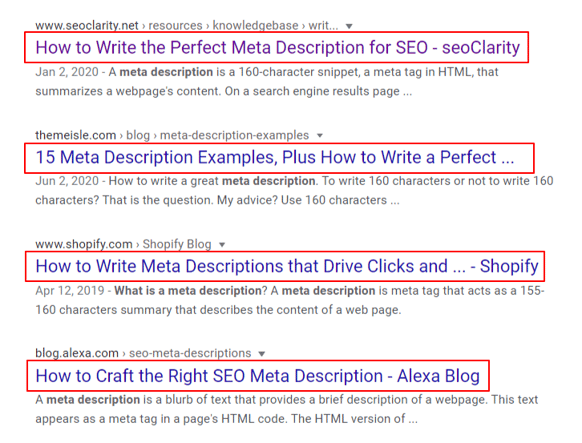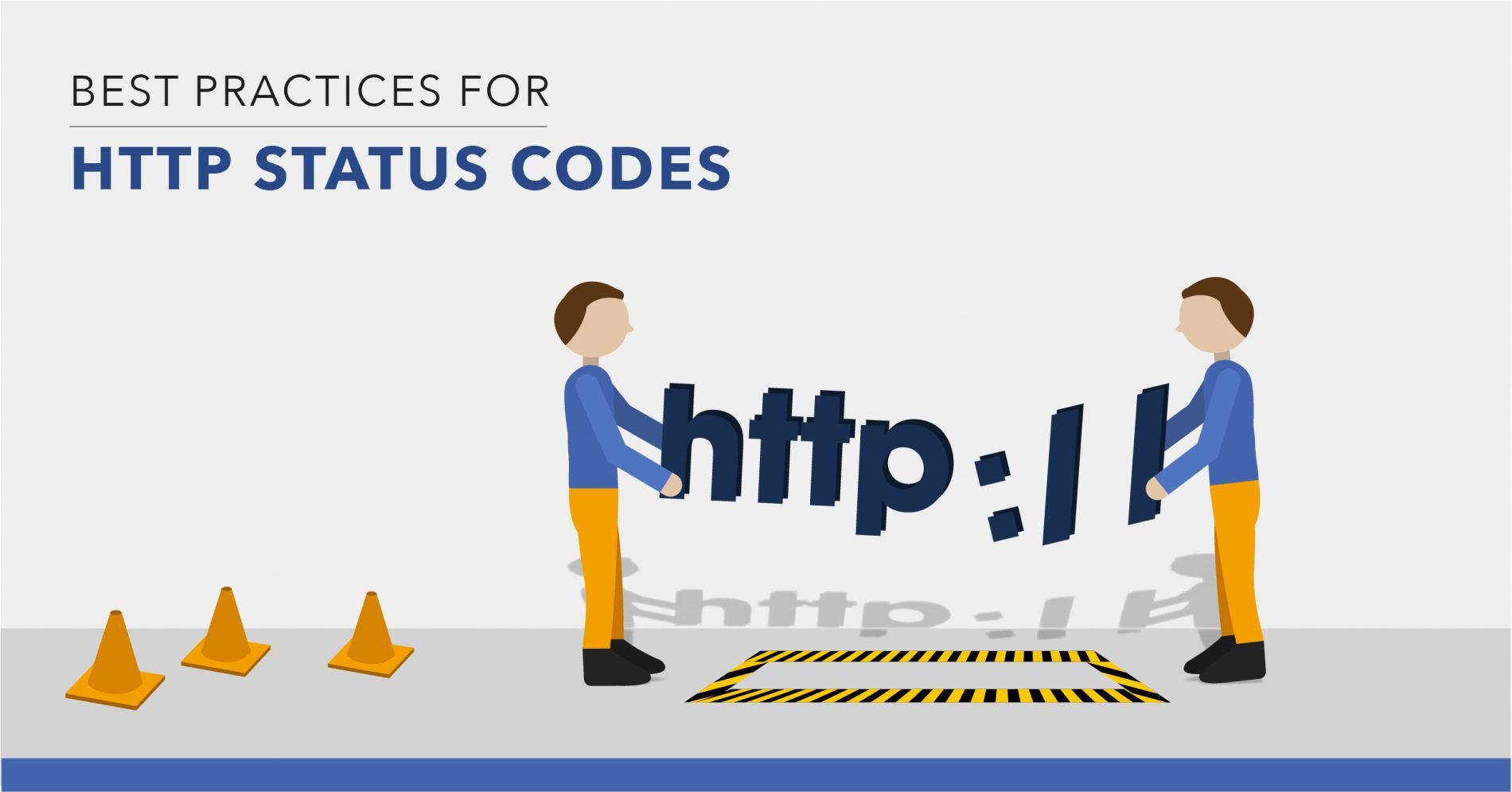The page title tag is an on-page SEO element in a page's HTML that tells web browsers, search engines, and users the title of that web page.
On the search engine results pages (also known as SERPs: the page shown after a users completes their Google search) the title of a web page is displayed as the clickable headline link for each listing.

(A good title tells the searcher what the page is about so they click through from the SERP.)
It appears below each pages' respective URL and above the meta description snippet.
Notice how some of the title tags shown above are cut off with ellipses (i.e. ...). This is because the title exceeds the recommended length: 50-60 characters.
You can also see a page title when you land on the page itself. In a web browser, the title of a web page is displayed on the browser tab for the web page that is loaded.
 (A page title is shown on the respective browser tab.)
(A page title is shown on the respective browser tab.)
For this reason, title tags are important for usability, social media sharing, and search engine optimization!
As you can see in the search display above, the title tag of a given web page should be an accurate and very brief description of what a user should expect to find on the page.
Where Do You Add the Title Tag?
You can add the title tag for your web page within the <head> section of your website’s HTML just after the opening the <head> tag. It should look something like this:
<head>
<title>How to Write Optimized Page Title Tags</title>
</head>
Today, most content management systems (CMS) give their users the ability to adjust meta tags — like the page title tag and meta description — directly in the settings.
 (HubSpot allows users to directly enter their title tag in settings.)
(HubSpot allows users to directly enter their title tag in settings.)
Why Are Page Title Tags Important?
Your web page’s title tag is one of the most visually conspicuous element in the search results, so how you write it will have an impact on whether a user clicks the result or not. It's a simple component that can go a long way, so it's shouldn't be a back-of-mind task for a digital marketer.
Essentially, a good title can increase your CTR!
Think of it the same way you would the subject line for an email: are you more likely to open an email with an exciting and descriptive subject line, or one with little to no context?
Google uses the page title as one factor in deciding how to rank your page for a given query.
So, let's go over how to create a good title.
How to Write Page Title Tags for SEO
Now that you're aware of the benefits that a well-optimized title tag can bring to your site, let's cover how to write proper SEO page titles.
A title tag should really do two things: 1. Include your target keywords. 2. Offer value to the end users.
#1. Include Your Target Keyword
Keywords within a title tag are ranked by search engines in order of relevance for a given search query in descending order from left to right.
So, first things first: To follow SEO best practices, put the keyword you want to rank for the most first within the title tag.
Next, the secondary keyword as you build out the title. You can also put your brand name after a hyphen or a pipe (i.e. “|”) to separate it from the rest of the title.
#2. Offer Value to Searchers
Writing title tags is a blend of technical know-how and artisan craft. You must also write your title tag to be readable, understandable, and likely to be clicked by humans that are going to read it within the search results. It has to make sense, read well, be engaging and not be robotic.
This means there should be no keyword stuffing! Even though it's important to include those target keywords, at the end of the day you're writing for users, not for search engine algorithms.
If Google finds your title unhelpful for users, it will rewrite your page title for you.
Best Practices When Writing Title Tags
1. Length should be between 50-60 characters to avoid truncation.
2. Give each page a unique title. The page content should be different, after all.
3. Don't use "stop" words (i.e. words with little value). All space counts here!
4. Accurately describe the page. Don't deceive searchers with clickbait!
5. Watch for site branding. Either choose the beginning or end of the title to place your brand name.
What To Avoid When Writing HTML Title Tags
1. The title and your H1 tag are the same. You have multiple opportunities to clue users and search engines in on what your page is about, so use them all to their fullest potential.
2. Multiple page titles on a single page. One page, one title is best practice here. Doing otherwise can confuse the search engines.
3. Missing page title tag. This is not only a usability issue for your site, but it's also an extremely lost opportunity at informing users and search engines.
Test Your Tags: Guess and Test, Rinse and Repeat
When it really comes down to it, SEO is ultimately all about using the scientific method and experimenting to understand how search engines rank pages through conjecture, hypothesis, a rigorous testing procedure, analysis of the results, and conclusions.
Here are six title tag experiments that you can test today. Change these characteristics and watch for a change in CTR, but be sure to track the changes so you know what works!
1. Numbers: Including numbers in your title tag may help your CTR.
2. Dates: A year in a title tag can show timeliness of content, but it also comes with an expiration.
3. Length: Experiment with title length to see which has the better outcome with users.
4. Synonyms and variants: Change your language to include closely related terms to your keyword or topic.
5. Call to action: Offer value straight away with a CTA.
6. Questions: Asking a question in the title tags may capture reader interest, and hint that you have the answer.
To really dive deeper to find out what works, run an SEO title tag test.
Reading SEO guides like this is great, but all the general knowledge in the world is useless without putting the rubber to the road and seeing what works for your specific website and niche.





